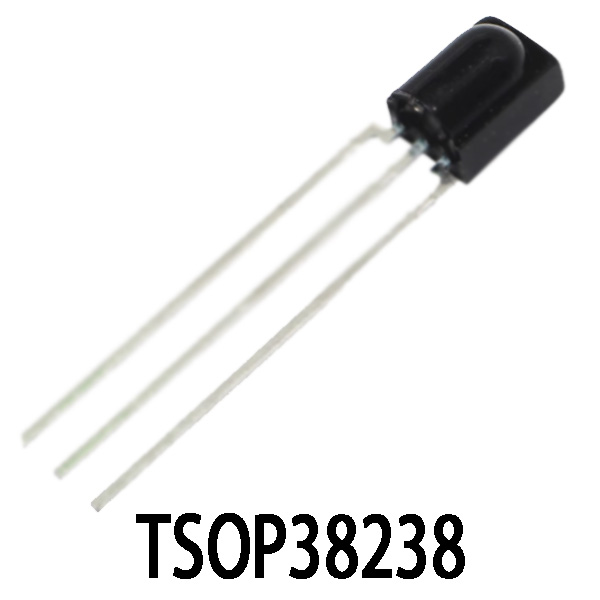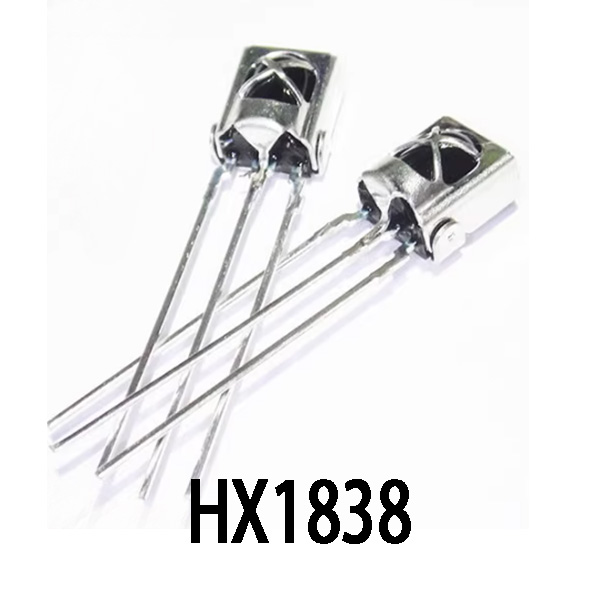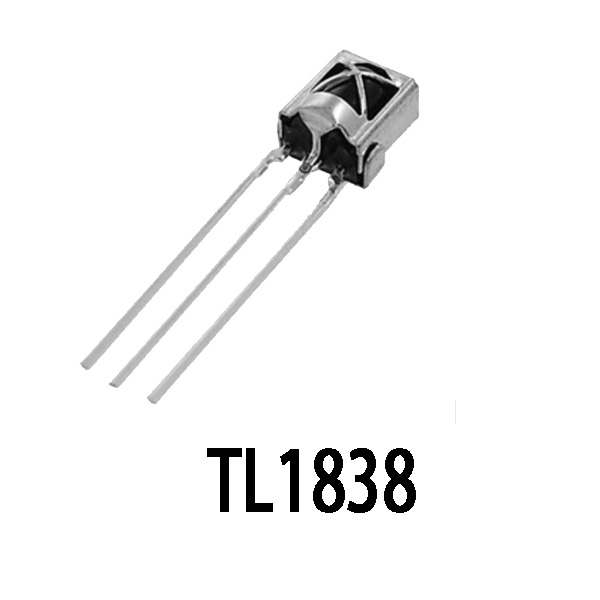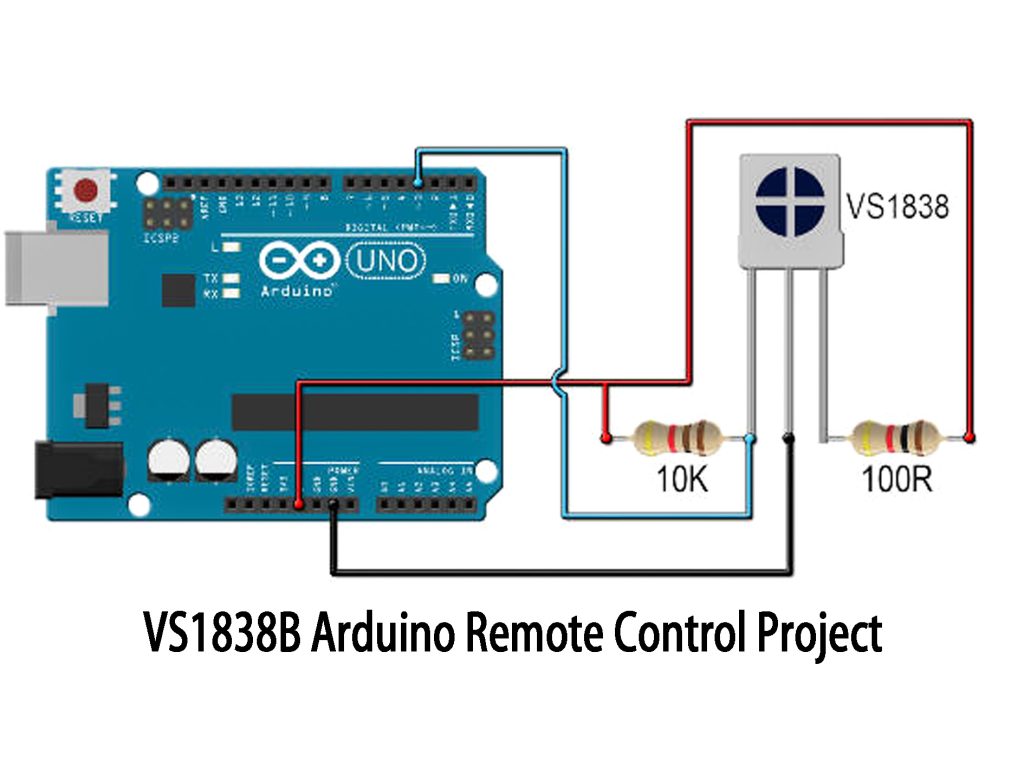VS1838B Arduino & IR Receiver | Datasheet & Circuit
- Brands: JLCPCB Assembly
- Download: -
- Price: inquiry
- In Stock: 13950
- Frequency - Center: -
- Lead Pitch: -
- Circuit: -
- Package: TH-3_4.8X6.7X2.54P

FREE delivery for orders over HK$250.00

Quick response, quick quotaton

Flash shipment,no worries after sales

Original channel,guarantee of the authentic products
Using the IR Library | Arduino | VS1838B
VS1838B
The VS1838B infrared receiver is popular for remote-control projects, easily picking up standard 38kHz signals from your TV or air conditioner remotes. It works seamlessly with Arduino, ESP32, or STM32, running smoothly on 2.7V to 5.5V, outputting a simple digital signal (active LOW). It reliably receives signals from around 5 to 8 meters, with a comfortable ±45° angle. Built-in filtering helps it handle interference well, making it perfect for remote cars or smart home setups—affordable and super practical.
VS1838B Pinout and Wiring

| Pin Number | Pin Name | Function | Connection Suggestion |
|---|---|---|---|
| 1 | OUT | Signal Output (Active Low) | Connect to MCU IO (with pull-up) |
| 2 | GND | Ground (Negative) | Connect to GND |
| 3 | VCC | Power Supply (Positive) | Connect to 3.3V or 5V power |
When using the VS1838B module, remember it outputs an active-low signal—meaning it’ll go LOW when it picks up infrared signals. Adding a 10kΩ pull-up resistor is a good idea for stable signals. Avoid strong or direct sunlight hitting the receiver since that weakens performance significantly. It supports both 3.3V and 5V, working easily with most microcontrollers. Also, double-check pin order before wiring—sometimes pins 1 and 3 get swapped, so always verify with markings or test with a multimeter to be safe.
VS1838B Equivalent IR Receiver





| Parameter | VS1838B | TSOP38238 | HX1838 | TL1838 | TSOP4838 |
|---|---|---|---|---|---|
| Center Frequency | 38kHz | 38kHz | 38kHz | 38kHz | 38kHz |
| Voltage Range | 2.7–5.5V | 2.5–5.5V | 2.7–5.5V | 2.7–5.5V | 2.5–5.5V |
| Output Type | Active Low | Active Low | Active Low | Active Low | Active Low |
| Receiving Distance | 5–8 m | ≥8 m | 5–8 m | 5–7 m | ≥8 m |
| Interference Resistance | Average | Strong | Average | Average | Strong |
| Stability | Moderate | High | Moderate | Moderate | High |
| Brand / Quality Level | Generic | Vishay | Generic | Generic | Vishay |
| Package Type | 3-Pin DIP | 3-Pin DIP | 3-Pin DIP | 3-Pin DIP | 3-Pin DIP |
If you’re just experimenting with remote-control projects, HX1838 or TL1838 modules will do the job perfectly—they’re plug-and-play with no compatibility issues. But if you’re working outdoors, under bright sunlight, or in industrial settings, Vishay’s TSOP38238 or TSOP4838 would be better picks. They offer superior interference resistance and sensitivity, along with reliable quality. Keep in mind TSOP modules can be a bit bigger, so leave extra space when designing your PCB or sockets. Also, internal filtering delays may differ slightly between manufacturers, so it’s a good idea to test them first for high-precision projects.
VS1838B IR Sensor Circuit Example

In the center of the diagram is the VS1838B infrared receiver, clearly marked with VCC, OUT, and GND pins—exactly how you’d normally hook it up. On the left is an IR LED transmitting a 38kHz signal that the VS1838B picks up. Notice the power filtering with two capacitors (a 100μF electrolytic and a 0.1μF ceramic marked 104), helping reduce noise. A 100Ω resistor protects your MCU’s IO pin, and a 20KΩ pull-up resistor keeps the signal stable at idle. Overall, it’s a simple and effective circuit for remote-control decoding or IR learning.
VS1838B Arduino Remote Control Project

This circuit uses an Arduino UNO board as the main controller. Just connect the VS1838B’s OUT pin to Arduino’s D11 pin, adding a 10K pull-up resistor for stability. Connect GND to Arduino’s ground, and link VCC to the 5V pin with a 100Ω resistor to protect the receiver. With this setup, you can easily read signals from your TV or AC remote using the IRremote library—perfect for remote-control cars, lighting projects, or simply learning IR decoding basics.










